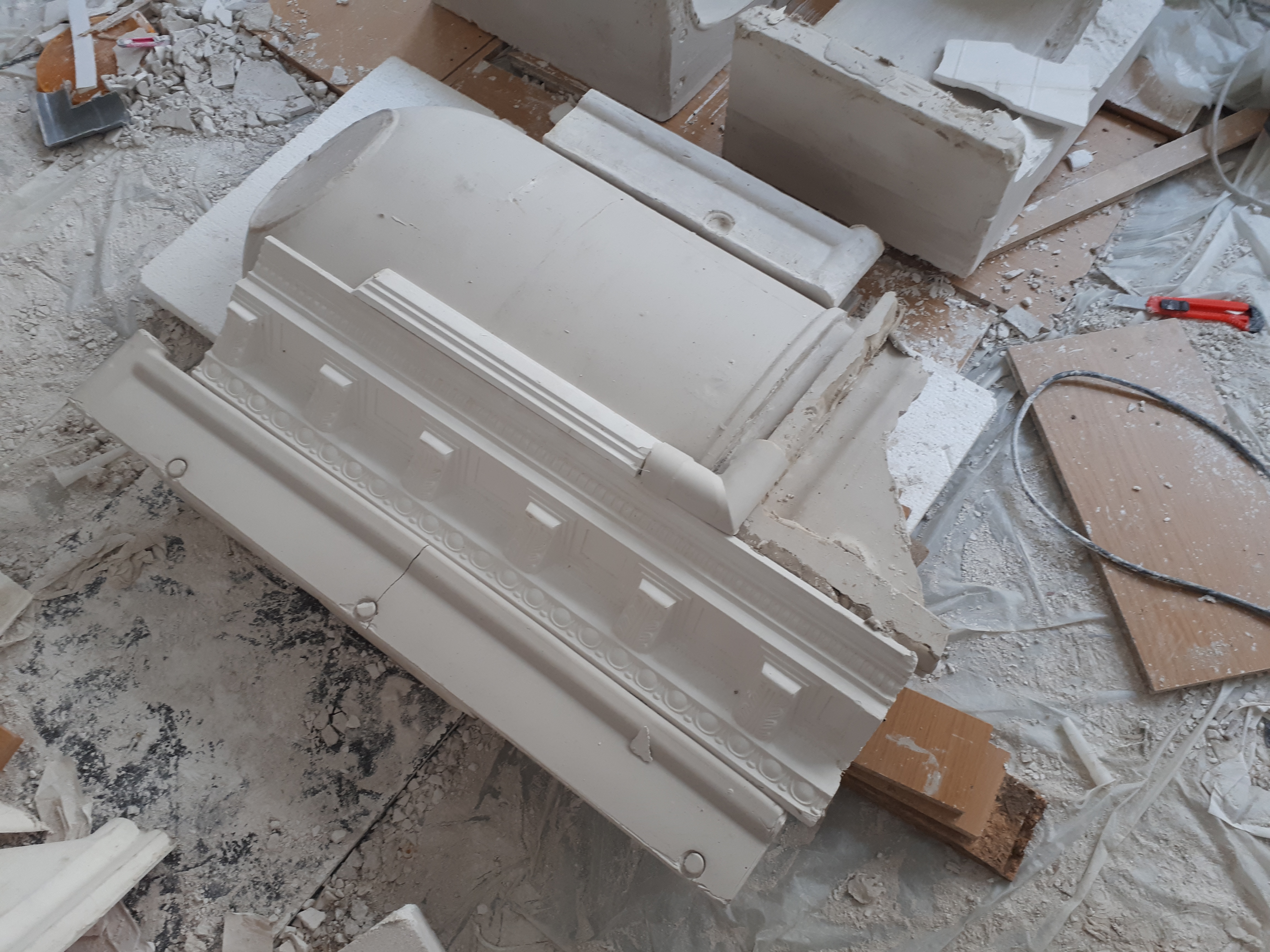Bram Braam | What Becomes and What Remains
Rising Stars Residency Artist 2019Duration: 10. AUG 2019 – 05. JAN 2020
Das Till Richter Museum ist sehr erfreut Bram Braam (*1980, Sittard, Niederlande) als unseren sechsten Rising Stars Residency Artist vorzustellen.
Die Kunst von Bram Braam sucht nach einem modernen Utopia. Seine Kunst wird beeinflusst von den Handlungen und Prozessen des Menschen, einer Evolution folgend, zeichnet sie verschiedene Richtungen nach. Was sind die Spuren menschlichen Handelns in der Welt, die wir erschaffen? Kann es eine Synthese geben von Urbanismus und Natur?
Der Titel der Ausstellung stellt die generelle Frage: Was wird und was bleibt?
Kunst -und Architektur, insofern sie hier involviert ist- hat schon immer eine wichtige Rolle in der Menschheitsentwicklung gespielt. Sie erlaubt uns eine archäologische Untersuchung unserer eigenen Spuren. Seine Kunst ist ein Instrument der Befragung, vielleicht nicht so krass wie die sprichwörtliche Polizeilampe, aber sie versucht auch nicht besonders hübsch oder komfortabel zu sein.
Nichtsdestotrotz sind die Werke schön anzusehen, denn, auch wenn sie oft auf den ersten Blick rau oder gar roh aussehen, sind sie bei näherer Betrachtung immer ganz fein abgestimmt und austariert in ihrer formalen Konzeption. Der Kontrast von künstlichen, vom Menschen gemachten, und natürlichen Materialien oder natürlichen Materialien, die vom Menschen transformiert wurden, fasziniert, indem er uns klar macht, wie der Mensch und das Objekt verbunden sind, wie sie voneinander abhängig sind.
Das bringt uns zu den Materialien und Formen an sich. Inwiefern ist eine Ziegelsteinwand Kunst? Sicher, die Lektionen von De Stijl und Duchamp ließen uns begreifen, dass alles Kunst sein kann. Wenn dem so ist, was ist dann der Unterschied zwischen einem Ready-made à la Duchamp und einem Abdruck, d.h. einer Reproduktion in einem anderen jedoch ähnlichem Material, eines gefundenen Objekts? Und wie verhält es sich, wenn man dieses gefundene Objekt auch noch vorher gesucht hat? Ist eines davon Kunst und das andere nicht? Oder ist eines davon mehr Kunst als das andere? Die Antwort hat zu tun mit Zufall und Bewusstsein. Einige Dinge passieren einfach, oder eben nicht, andere sind Teil einer geplanten Entwicklung. Diese Entwicklung ist wahrscheinlich ihrer Intention nach dazu da, sich zu materialisieren und zu bleiben.
An diesem Punkt wird Braams konkrete Kunst zu Poesie, weil sie die ephemere Natur der menschlichen Existenz und Einmischung aufzeigt, indem sie uns ausgewählte und arrangierte Fragmente dessen zeigt, was wird und was bleibt.
The Till Richter Museum is thrilled to have Bram Braam (*1980, Sittard, Netherlands) as our sixth Rising Stars Residency Artist.
The art of Bram Braam is looking for a modern utopia. It is informed by actions and processes of man, following an evolution and tracing different directions. What are the traces of man’s doing in the world we create? Can there be a synthesis of urbanism and nature?
The question is, in general: What becomes and what remains?
Art (and architecture as it is involved here) has always played a crucial role in the development of humanity and in allowing us to undertake an archeological examination of our own traces. His art is an instrument of interrogation, perhaps not as crass as the proverbial police light, but it does not want to be particularly pretty or comfortable, either.
Nonetheless the works are beautiful to behold because while they appear often rough or even brute at first sight they are, at closer inspection, always finely tuned and highly polished in their formal conception. The contrast of man-made and natural materials or natural materials that have been transformed by man is fascinating in that it shows us how man and object are connected, how they interdepend.
This brings us to the materials and forms themselves. In how far is a wall of bricks art? Yes, the lessons of De Stijl and Duchamp tell us that anything can be art. If so, what is the difference between a Duchampian ready-made and the cast, i.e. reproduction in a different yet similar material, of a found object, especially if you were actually looking to find such an object? Is one art and the other not? Or is one more art than the other? The answer has to do with coincidence and awareness. Some things just happen, or not, and others are part of a planned development. This development is likely intended to materialise and remain.
This is where Braam’s work turns from concrete art into poetry because it indicates the ephemeral nature of human existence and intervention by showing us selected and arranged fragments of what becomes and what remains.








